Estimated reading time 17 minutes, 2 seconds.
“I would love to see the Snowbirds fly the T-7.” For Charles “Duff” Sullivan, a former general officer in the Royal Canadian Air Force (RCAF), this is both a Boeing sales pitch and a personal quest.
For the past few minutes, he’s been describing how the Boeing T-7A Red Hawk might fit into the RCAF’s future fighter lead-in training (FLIT) program. The T-7, developed in partnership with Saab, won the United States Air Force T-X program in 2018 to replace the Northrop T-38 Talon pilot training jet. As the RCAF moves ahead with a program to replace its CF-188 Hornets, it is also assessing options for its future lead-in trainer that would replace the CT-155 Hawk, now marking 20 years of service.
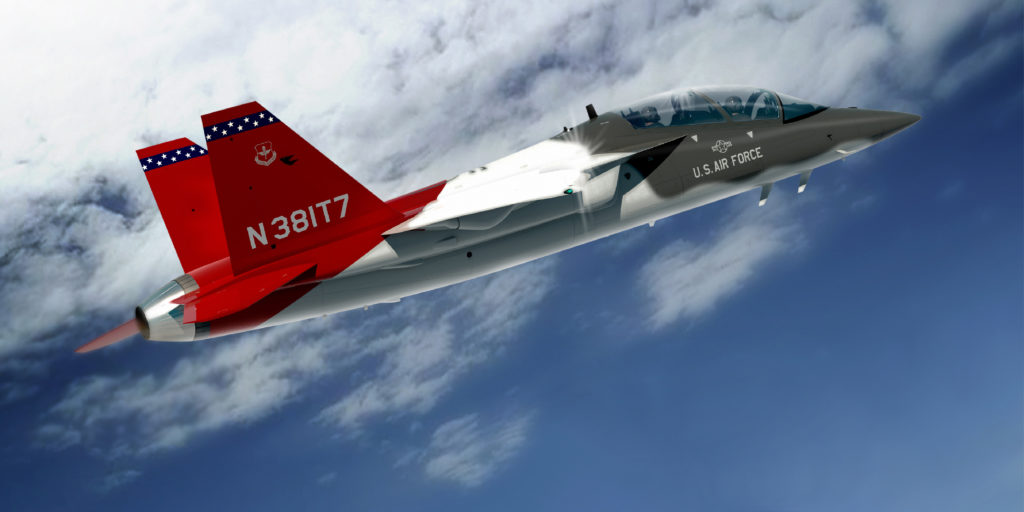
Sullivan is a former commander of 4 Wing Cold Lake, Alta., home to 419 Tactical Fighter Training Squadron, and is intimately familiar with the NATO Flying Training in Canada program that employs the Hawks in Cold Lake and Moose Jaw, Sask. He knows the challenges of the FLIT program and limitations of the CT-155 as a platform to prepare today’s fighter pilots, and firmly believes the advanced T-7 trainer would be a “natural fit.”
But now he’s off on a tangent, sort of.
“If we are going to get T-7s for the FLIT program, then let’s get T-7s for the Snowbirds,” he mused. “And why stop there? I would like to see T-7s acquired for our combat support squadron [414 Electronic Warfare Support Squadron]. We would be giving back to 414 what they once had with [the CT-133 Silver Star]. It would be the ideal training solution for the RCAF.”
The T-7 as a platform for electronic warfare and mission support to the Canadian Armed Forces might be a pitch too far – the RCAF is only a few years into the 10-year Contracted Airborne Training Services (CATS) program with Top Aces, which includes the provision of Alpha Jets for 414 Squadron’s purposes. (Sullivan is clear he doesn’t want to disrupt Top Aces’ aggressor training role – he once worked on the CATS contract.) But his enthusiasm for the T-7 as a replacement for the 50-year-old CT-144 Tutors flown by the Canadian Forces Snowbirds Demonstration Team is on much firmer ground. Sullivan was a maintenance test pilot for 431 Air Demonstration Squadron and has over 2,000 hours on the CT-144.
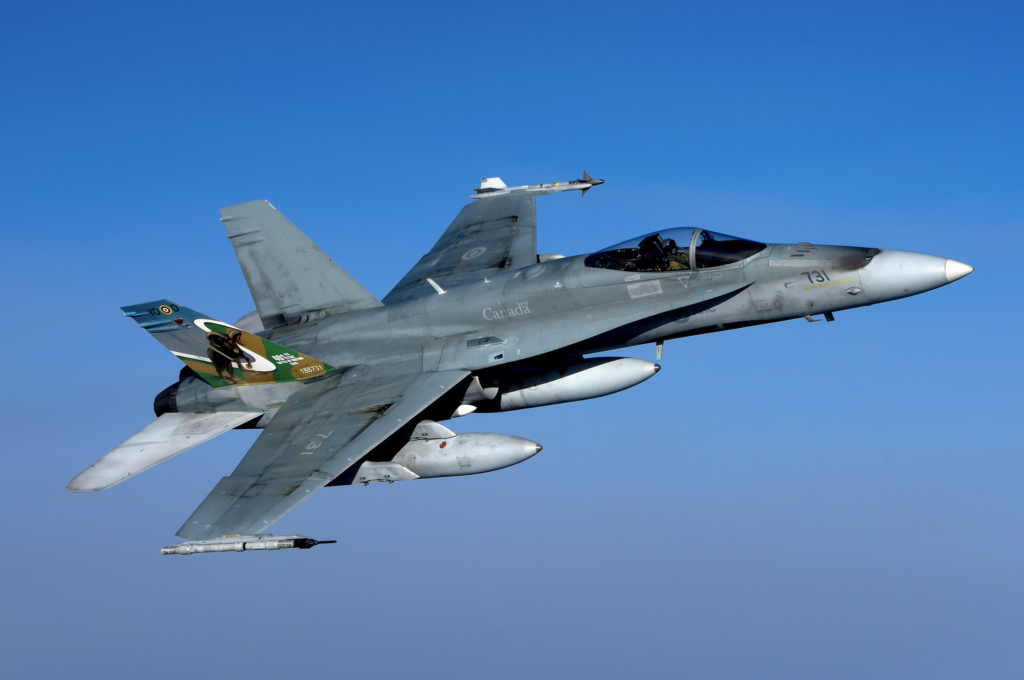
“I love the Tutor. It means a lot to me,” he said. “But I think it has served its purpose and I think it is time to move the Snowbirds into the 21st century. The T-7 [would be] the ideal aircraft.”
Sullivan became managing director of Boeing Canada in August and admits he is still “fresh out of the wrapper.” Offering up new ideas is to be expected.
As “country leader” for Boeing Canada programs, his mandate extends well beyond future fighters and jet training programs to encompass oversight of every Boeing program in the country, military and commercial. “Even though there may be several senior mangers and directors in Canada with a solid line back to their bosses in the United States, anything that happens here is coordinated through my office,” he noted.
Central to his responsibilities is strengthening the relationship between Boeing and Canada, identifying business opportunities and industrial partnerships. Though several federal ministers had harsh words for Boeing in the wake of a 2017 trade dispute with Bombardier over the sale of the C-Series aircraft to U.S. customers, Sullivan said there is no lingering tension or fence-mending to be done as he starts to engage on multiple defence projects. (In response to the dispute, the Liberal government withdrew a proposal to acquire 18 F-18 Super Hornet fighters to fill an interim capability gap.)
Prior to joining Boeing, Sullivan served as chair and chief executive of the Transportation Appeal Tribunal of Canada, conducting hearings across the country, and understands the process of dispute resolution mechanisms.
While the tensions of three years ago may have quelled, Sullivan is taking on the high-profile role at a time when aerospace is facing its most difficult challenges in recent memory. In addition to developing and managing a wide portfolio of defence programs, Boeing Canada also comprises operations critical to civil aviation — including Boeing Jeppesen, producer of navigation charts, planning tools and software vital to almost every pilot; parts distribution from seven sites across Canada; and a leading-edge composite component manufacturing facility in Winnipeg.
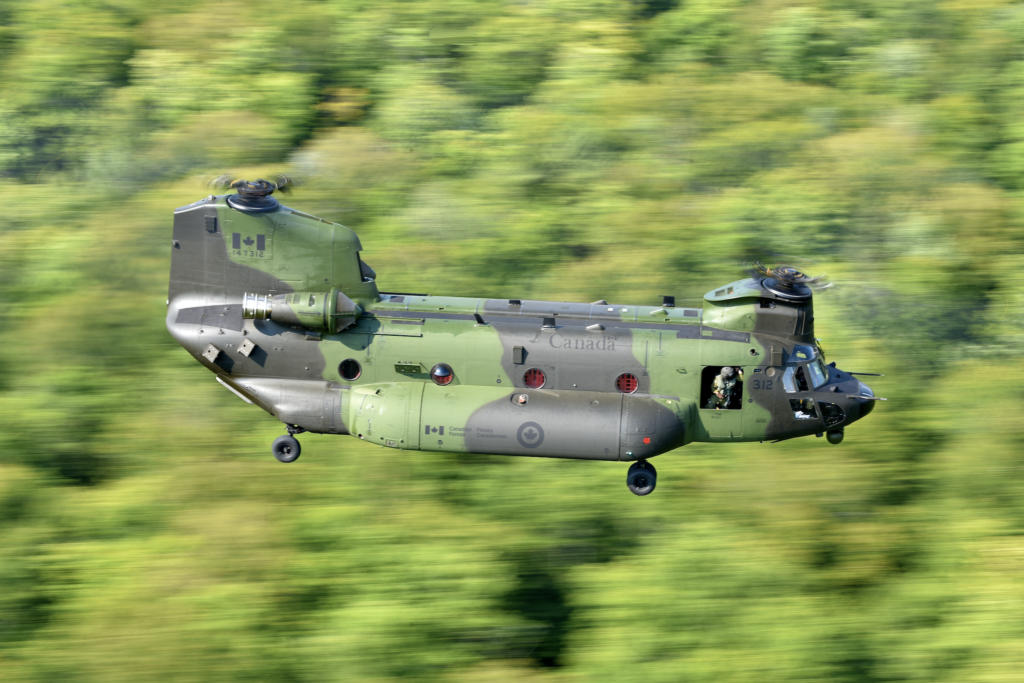
“One of the things I am very mindful of is that every current series Boeing aircraft that flies in the world has parts and components that come from Boeing Canada in Manitoba,” he said. “[That facility is] at the frontline, directly plugged into all Boeing aircraft production. And they have had a significant challenge in front of them.”
The COVID-19 pandemic has not spared Boeing Winnipeg anymore than elsewhere in the company’s global enterprise. The facility had “throttled back” some parts production for the 737 Max after the fleet was grounded in 2019. But the pandemic’s devastating effect on commercial air traffic and aircraft manufacturing has decreased component production and delivery for Boeing’s 777 and 787 lines. Prior to the spread of the coronavirus, Winnipeg employed around 1,600 people. A “headcount reduction” of voluntary and involuntary layoffs has reduced the workforce by approximately 30 per cent.
Sullivan noted the company and its employees are applying for a federal government initiative to share work to help mitigate further losses, but said, “it is always a difficult time when you have to go through downsizing and restructuring. The leadership team in Winnipeg … has handled it very well. [They] have worked well with the bargaining agents, the unions, and all the suppliers.”
Boeing has kept both the provincial and federal governments abreast of its challenges and decisions, he added. “They all completely understand because they only have to look around Canada, around the world to see that this is a tough situation.”
Sullivan has also been part of supplier management discussions to determine ways to help long-time suppliers deal with their own pandemic-induced disruptions. As part of Industrial and Technological Benefits (ITB) presentations to government and media, Boeing has touted the strength of its Canadian supplier base and is now examining which government programs could see them through the next 12 to 18 months — the timeframe many forecasts, including a recently released 2020 Boeing Market Outlook, predict for some form of significant recovery.
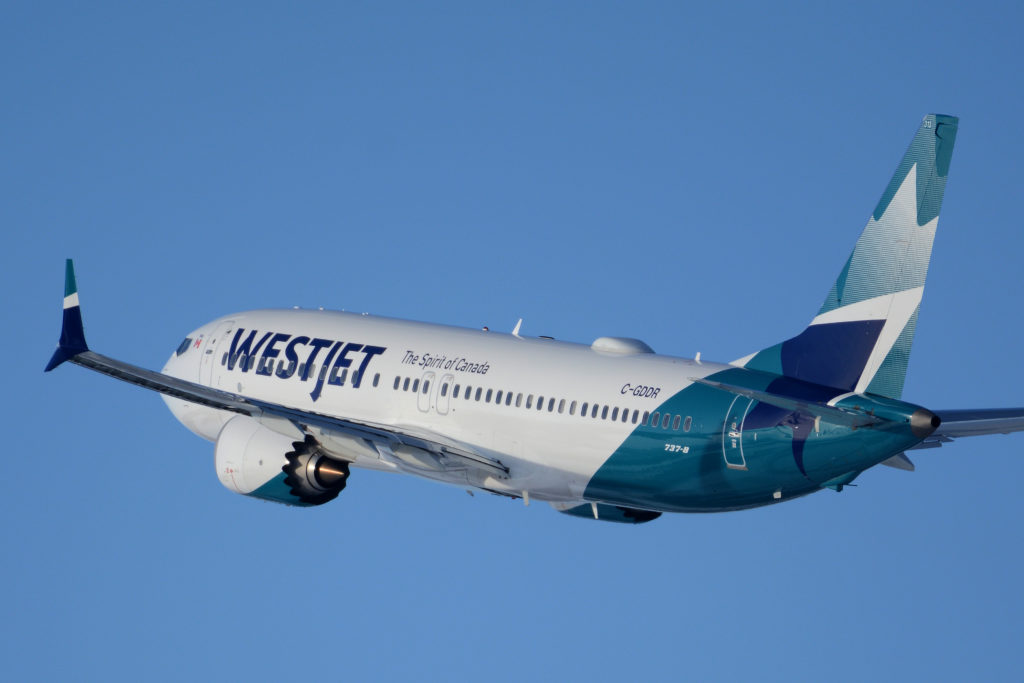
“The last thing we want to do is break up the longstanding partnerships we have,” he said. “Our message is, ‘let’s stay together as best we can and wait for the recovery to go into full gear.’ But we all still have significant challenges we have to manage day-to-day with our team members.”
The return to service of the Max may be the purview of Boeing Commercial Airplanes, but Sullivan’s office has been involved in facilitating its reappearance in Canadian skies. He helped resolve some of the quarantine and travel restriction issues to allow Transport Canada flight test engineers, test pilots, auditors and other specialists to visit Boeing Field in Seattle to conduct air worthiness and documentation inspections. Regulators made a similar trip to the United Kingdom in September to review proposals for pilot training on the revamped Max, which was flown by the Federal Aviation Administration chief on Sept. 30.
“All that to say the Max return to service is proceeding and progressing very well,” Sullivan observed.
The Air Boss
Of all Boeing Canada programs, the continued support for the CF-188 legacy Hornet is probably closest to Sullivan’s heart. A former Hornet pilot with over 1,600 hours and three operational tours on the jet, he’s a believer in the platform.
Since joining the company, he’s spent time getting up to speed on the Super Hornet Block III, Boeing’s submission for the RCAF’s Future Fighter Capability Project (FFCP), which will acquire 88 advanced jets to replace the almost 40-year-old Hornets. After briefings from company and former U.S. Navy test pilots, he believes the Super Hornet is the right fit for three reasons: capability, overall cost, and industrial benefits to Canadian industry.
The “next generation” Block III is not a legacy Hornet, he emphasized. Its networked-enabled data fusion, advanced long-range infrared search and track targeting, and encrypted and satellite-enabled Link 16 communications negate the advantages of other aircraft.

With the Block III, “we have moved beyond active radars and we have this network-enabled data fusion next-gen targeting capability,” said Sullivan. “[The Super Hornet] now becomes the venerable air boss of any coalition operation. It has the ability to coordinate and direct the targeting for all coalition partners, including tethered UAVs and fifth-generation fighters. This has positioned the Super Hornet Block III way out front of all other competitors.”
More important from a Canadian perspective, the aircraft meets the requirements of every mission set in the government’s defence policy. “There are no capability gaps at all,” he noted.
Announcements by the U.S. Navy in the past 18 months to acquire at least 78 new-build Block III Super Hornets and convert over 450 Block II variants to the Block III configuration mean the jet will be the Navy’s “lead global power projection fighter aircraft” for the next 40 years,” said Sullivan. That would put the RCAF in good company, along with Australia and Germany, among others.
Tactical Tankers & Beyond
Fighter jets might be the most visible file, but Boeing has been positioning aircraft for several years to meet the requirements of two programs that will move to the front burner soon after the FFCP is concluded. The Strategic Tanker Transport Capability (STTC) project recently completed an analysis of options to replace the RCAF’s fleet of five Airbus A310-300s acquired in 1992 from Canadian Airlines. Known as the CC-150 Polaris, two were converted to tankers in 2008 to support the CF-188 Hornets.
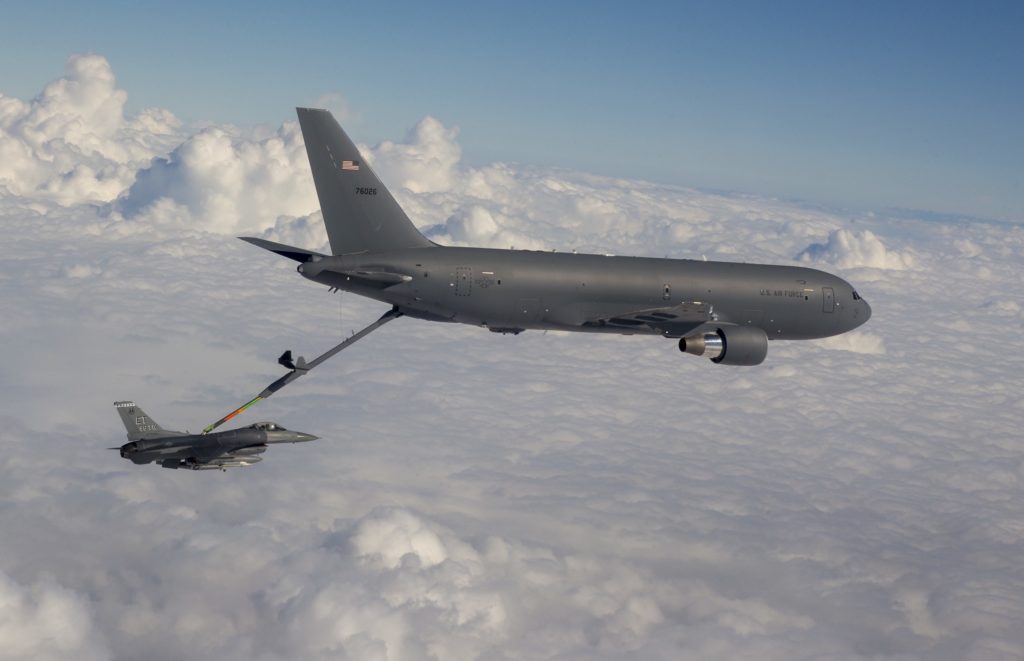
The project dates have shifted over the years and are now calling on initial delivery of a new fleet by 2028. But with the Air Force poised to begin retiring its fleet of four CC-130H tactical tankers, possibly by the end of this year, the need for assured air-to-air refuelling is critical. In July, the RCAF declared initial operating capability for the CC-150 as a tanker for NORAD missions; previously, that role had been performed by the H-model Hercules.
Sullivan has tanked from both aircraft and understands the requirement well. Boeing is suggesting the KC-46A, a militarized variant of the Boeing 767, as the “only multi-role, combat hardened tanker in production today,” he said. “It could do passengers, cargo, refuelling, both boom and drogue for all our coalition partners.”
He’s also following closely the process to replace the CP-140 Aurora maritime and ISR (intelligence, surveillance, reconnaissance) aircraft. The Canadian Multi-Mission Aircraft project is now in the options analysis phase of the procurement process. Former RCAF commander LGen Mike Hood made no secret of his preference to see a Canadian-built solution such as the Bombardier Q-400 (now De Havilland Canada Dash 8-400) to fill the role.
Boeing has long argued the logical replacement for a P-3 Orion, of which the CP-140 is a variant, is the P-8 Poseidon. Sullivan said the RCAF is “looking at a number of solutions” and acknowledged that the P-8 is regarded by some as an expensive option. But “it’s not expensive to operate,” he countered. “It’s built on an iconic platform, the 737. The aircraft is one of the most reliable and safest you could pick. Where the expense comes in is with what these various militaries want to put in the backend and what they are asking the backend crew to do.
“That is where the opportunities are going to come in for Boeing to work with Canada, to solve [the RCAF’s] challenges and put exactly what [they] need in the backend.”
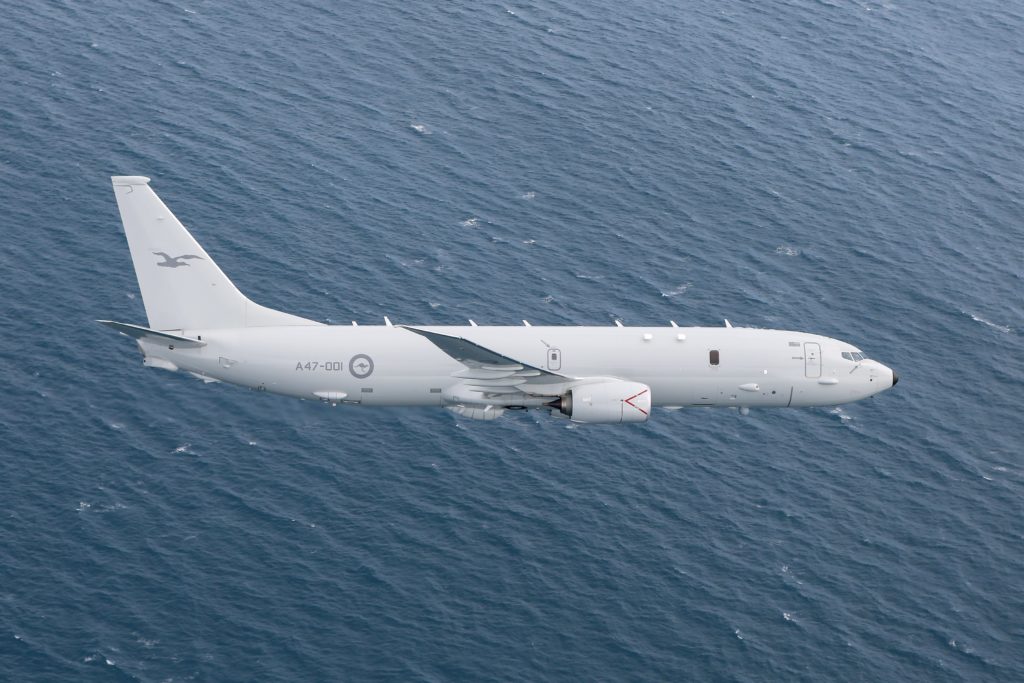
All defence programs are contingent on a budget that some defence analysts have predicted could decrease in the coming years as the government reprioritizes funding to tackle a massive deficit as a result of its efforts to shore up the economy during the pandemic. Sullivan has heard the assuring words of both the Defence Minister and Deputy Minister that the dollars allocated to projects in its defence policy, especially the fighter replacement program, are secure. Still, “the one point of uncertainty would be the timeline, about when they would move it forward,” he noted. Boeing would be keen to move forward quickly if it is selected
As for those T-7 ideas, Sullivan will be watching with interest whom the RCAF selects for its Future Aircrew Training (FAcT) program partner. Boeing does not “have a dog in the hunt” for FAcT, but it’s likely the pilot training program provider will have a role in how the Air Force delivers its fighter lead-in training. “I think the T-7 will be highly sought after by more than one of the current competitors in the mix … [and] the RCAF may have some very strong thoughts on the aircraft they would like to see employed.”









It’s time for Boeing to show the flag in Canada and take the upper hand. Canada’s has a long and advantageous relationship with Boeing.
Boeing is the best choice for Canada for tankers, maritime patrol aircraft and MilComSat.
Unlike it’s subsidized European competitor Boeing has built more than 2000 tankers since the 1950’s and it’s MPA entry is flown my major military operators around the world including the US Navy and the Royal Air Force. It’s competitor offering is still a paper aircraft.
Airbus executives are working hard for a few years even before the October 2017 Airbus-Bombardier Love-In in Montréal and Mirabel. Airbus Canada CEO is becoming in a way the speakperson of the Québec aerospace industry urging the Canadian government to pour money into in the industry and of course in the future A220 extended version. Airbus executives have been guest speakers at every AIAC and AéroMontréal events for the last three years.
Canada should continue its long standing beneficial relationship with Boeing which buying every single years for US$3 billion a year in Canada in goods and services far more than its European competitor.
While we all know about subsidization, to say that Boeing is not subsidized is not really saying everything. Boeing receives substantial “tax” breaks and “tax incentives” all over the USA and beyond. In effect, they are no different when compared to Airbus and to claim otherwise is somewhat deceptive.
While our legacy Hornets have served Canada very well, they are well past due for retirement. Regarding the Super Hornet B3 version, in terms of performance, they are not much better than our Hornets. basically same speed, more or less same range and climb capabilities. Our Hornets I believe are stressed to 9G capability. I do not know if the B3 is the same. Where the main difference shows is the advanced electronics etc. Regarding the IRST on the B3, it is located under the body of the B3 and mounted on the front of a fuel tank. In that design, that tank has to remain in position full time. Somewhat a lazy design. Also, has Boeing fixed the under wing mounted hardpoints which before were not well designed because they were off-center, Lots of drag was the result. Regarding electronic updates and software, Boeing will generously and slowly transfer that knowledge. Real kind of them eh?! We would still be in a position of servitude for quite some time before we would be independent Hourly costs are more than likely more than our Hornets. Bigger jet, more fuel to carry. maybe, Boeing should design a land based B3 instead of a carrier based design. That was originally available when Canada was looking to replace the 104s and the 101s. It was the F-18L. It would have been far less expensive to build and maintain. It was also nearly 4000lbs lighter. Performance would have been far greater. Landing on a carrier is akin to a controlled crash and therefore needs the extra weight and strength. As a note, there are photos of the “L” in Canadian markings. What you would be looking at was the Northrop design which was the father of the “Legacy” Hornets. That is quite a story in itself. Personally, i would prefer the Saab Jas39-E. Less expensive to buy, operate and maintain., but definitely not a cheaper aircraft and far greater all-around performance. it can “supercruise”. The B3 cannot
Why on earth did Canada not buy F/A-18 Super Hornets? It’s got the best bang for less buck compared to the F-35. We need twin engine fighters in Canada for safety of out pilots and the amount of territory to be covered. If our big shots in Ottawa actually did some historical research they would know the last single engine fighter in Canada being the CF-104 Starfighter was a disaster. Of 210 built 130 were lost in accidents, many from the single engine failing. I will bet $50 to Las Vegas odds we won’t go more than a year without losing an F-35 to a bitrd stirke or engine failure in the Arctic.